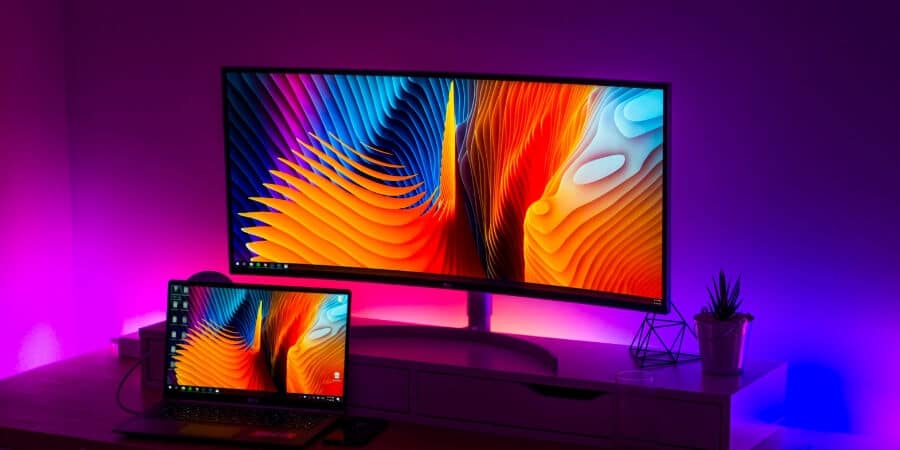How innovative and excellent are LEDs? This problem can be presented to Isamú Akasaki, Hiroshi Amano, and Shuji Nakamura on the Nobel Prize Committee, which awards the Noble Prize for Physics 2014. In the very words of the Committee, LEDs are "hold great promise for boosting the quality of life for more than 1.5 billion folks around the planet that lack access to energy grids." You might think that if LED's light the planet, your warehouse, shop, workplace, production facilities, and any industrial and commercial space will be illuminated by business LED illuminations.
LED lighting is a breakthrough It was a short time from the development of LED lighting to the production of cost reduction programs to develop the technology extremely efficiently. The Nobel Committee is supported by this finding that the LED would be as ground-breaking as the filament-based lamp of the 20th century. In any measurable way, LED is exceptional.
The US energy departments predict that the widespread use of LEDs will maintain the equivalent annual energy output of 44 large electrical power stations by 2027 (1000 megawatts each). A total of more than 30 billion dollars of savings at new power rates.
LEDs have reduced energy demand by more than 80%.
Compared to conventional bulbs, LED bulbs last more than twenty-five times. LEDs last more than three years when run 24/7/365 over a valuable life of more than 25,000 days. Preowned quality LEDs with quality instruments have an anticipated lifespan of 30,000,50,000 hours or more.
LEDs don't burn away instantly - over time they are weak.
The mixture of exceptionally long life without further combustion achieves an affordable lighting method by reducing the labor needed to replace the bulb.
In a certain way, the LEDs aim for illumination. Hemispheric rather than circular, light emits. This eliminates lighting requirements by supplying light in all directions if necessary.
LEDs are highly impact-resistant and immune. LEDs are installed on circuit boards instead of glass enclosures.
LEDs work at a cold temperature and come without a warm-up period immediately. Quick biking (on and off) is not affecting LEDs at all but shortens conventional lighting life. This makes the LED suitable for industrial applications, including chilled displays, freezers, cool storage areas, outdoor applications and much more.
LEDs are far more controllable with a 100-10% light paper dimming selection compared to a thirty percent fluorescent lighting cap. Instead of tiered dimming is constant and smooth.
No ultraviolet or infrared radiation is released by LEDs and no mercury is present.
Applications usual
Just as LED technology will continue to advance, so the industrial applications will continue. Driven lights are not only very efficient but also attractive. Make it suitable for shopping malls, offices, showrooms and enhancing the esthetic look of factories.
LED lighting is used for lighting, lighting, pipes, strip lights, as well as for retrofitting bulbs and pre-existing lighting devices.

Comments
Post a Comment